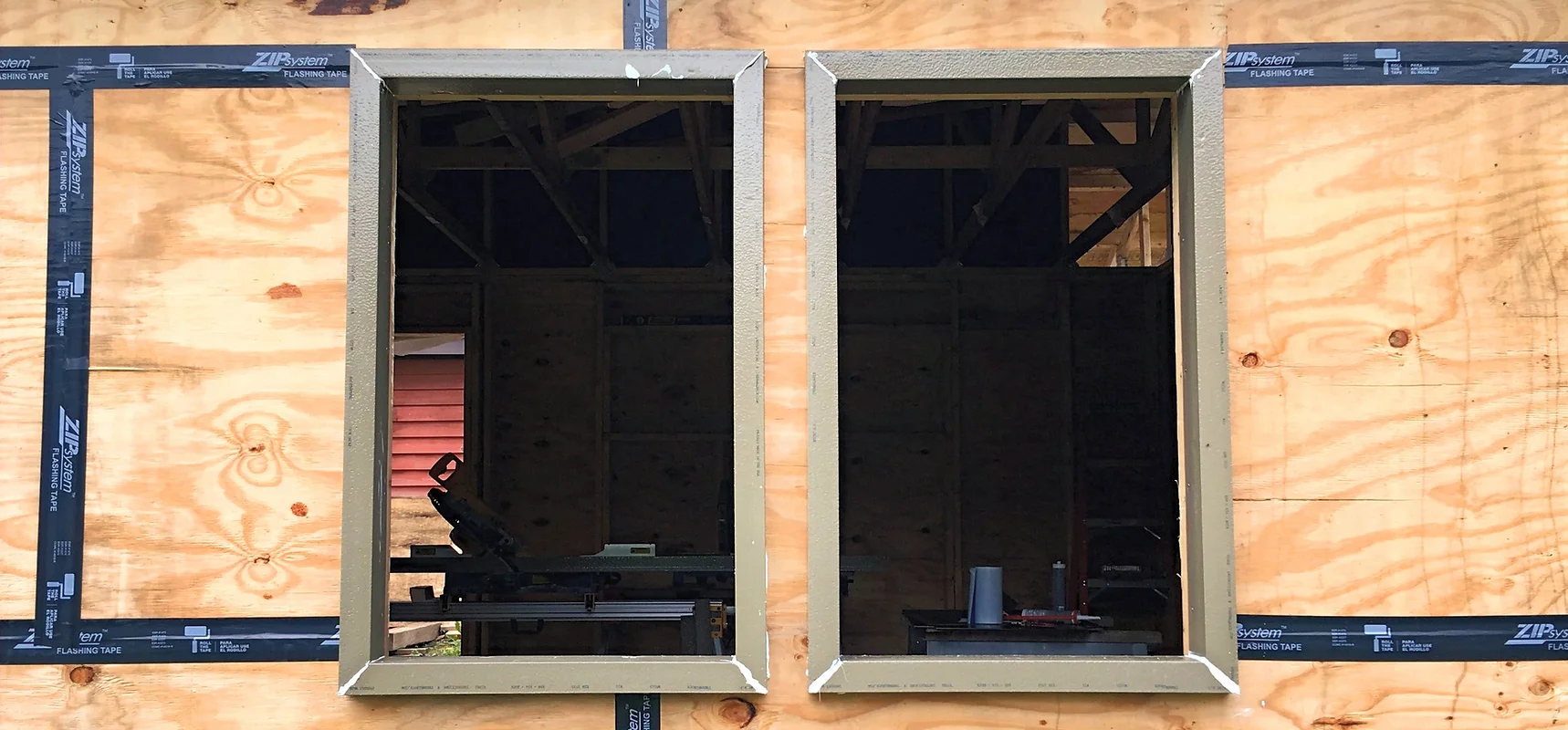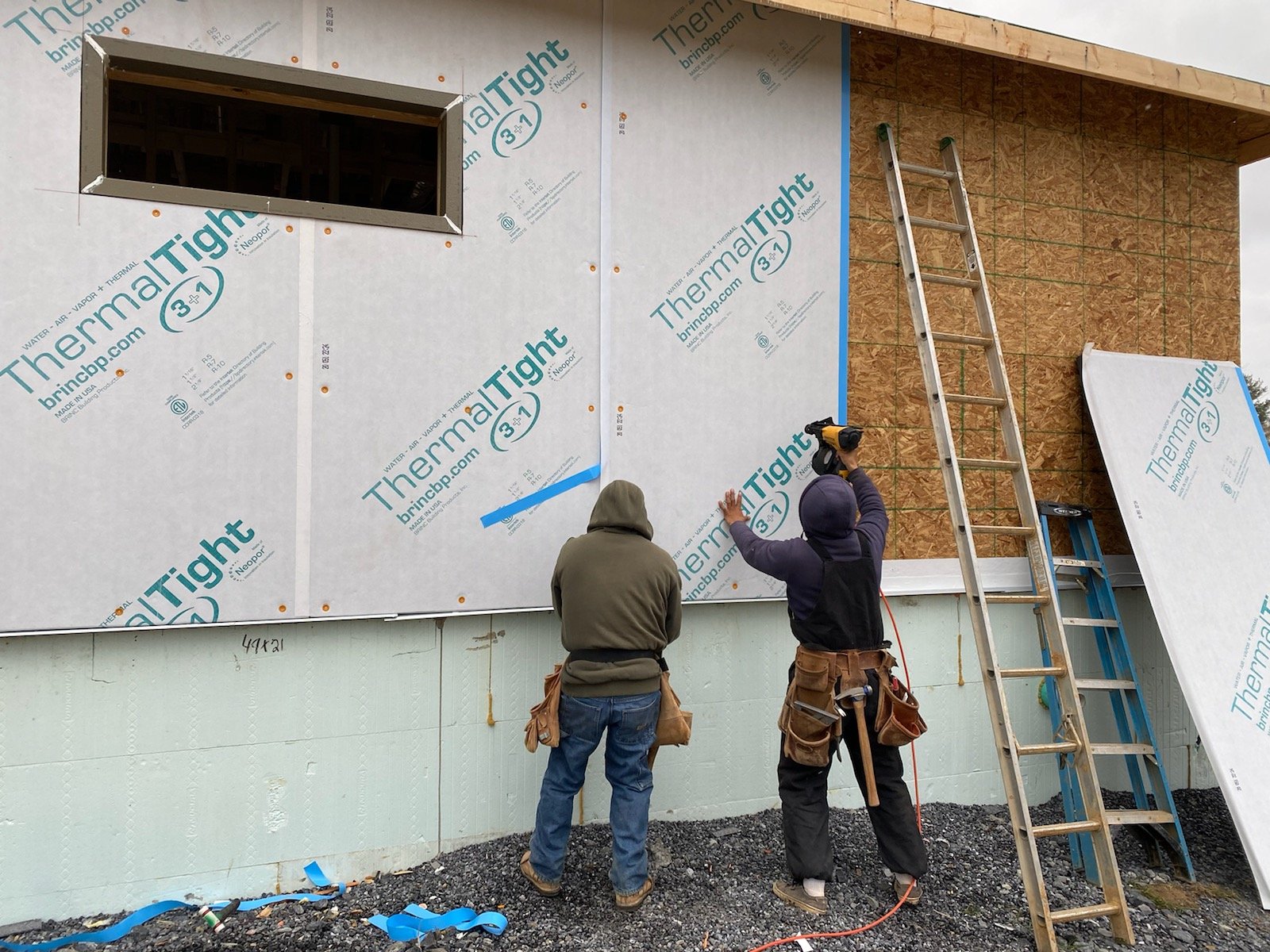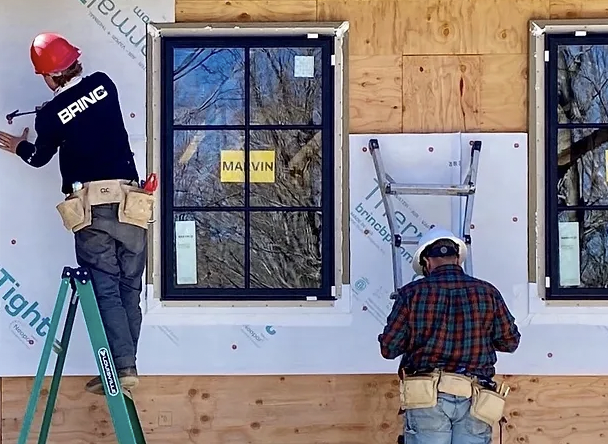Overview of the 2021 International Energy Conservation Code (IECC)

The 2021 International Energy Conservation Code (IECC) is a set of regulations that sets minimum energy efficiency requirements for buildings. The IECC is published by the International Code Council (ICC) and is widely adopted across the United States.
The 2021 IECC represents a significant update to the previous version of the code, which was last updated in 2018. The new code includes several important changes that will impact how buildings are designed, constructed, and operated.
One of the key changes in the 2021 IECC is an increase in the minimum insulation requirements for buildings. The new code requires a continuous insulation layer on the exterior of buildings, which will help to reduce energy loss through the building envelope. The code also requires increased insulation levels for roofs, walls, and floors.
In addition to insulation requirements, the 2021 IECC includes several other important provisions related to building envelope performance. The code requires air sealing and insulation in all cavities of the building envelope, including wall and floor assemblies. The code also includes requirements for windows, doors, and skylights, with specific U-factor and solar heat gain coefficient (SHGC) requirements.
Another important change in the 2021 IECC is the inclusion of a new performance-based compliance pathway. This pathway allows builders and designers to use energy modeling software to demonstrate compliance with the code, rather than relying solely on prescriptive requirements. The performance pathway is intended to provide greater flexibility and encourage innovation in building design and construction.
The 2021 IECC also includes several new requirements related to lighting and HVAC systems. The code requires high-efficacy lighting in all residential and commercial buildings, as well as requirements for lighting controls and daylighting. The code also includes requirements for the efficiency of HVAC systems, with specific provisions related to duct leakage and fan efficiency.
Overall, the 2021 IECC represents a significant step forward in building energy efficiency. By increasing minimum insulation requirements, improving building envelope performance, and including new provisions related to lighting and HVAC systems, the code will help to reduce energy consumption and greenhouse gas emissions from buildings.
However, it's important to note that the 2021 IECC is only a minimum standard, and builders and designers are encouraged to exceed these requirements whenever possible. By going above and beyond the minimum requirements of the code, builders, and designers can create buildings that are more energy-efficient, more comfortable, and more sustainable.
In conclusion, the 2021 International Energy Conservation Code is an important set of regulations that will impact building design and construction across the United States (assuming proper implementation as it has been written, and assuming there is buy-in from the construction and design companies tasked with said implementation). By increasing minimum insulation requirements, improving building envelope performance, and including new provisions related to lighting and HVAC systems, the code will hopefully help to reduce energy consumption and greenhouse gas emissions from buildings. As builders and designers continue to push the boundaries of energy efficiency, the 2021 IECC will serve as an important foundation for creating buildings that are more sustainable, more comfortable, and more resilient as we move further into the 21st century.



